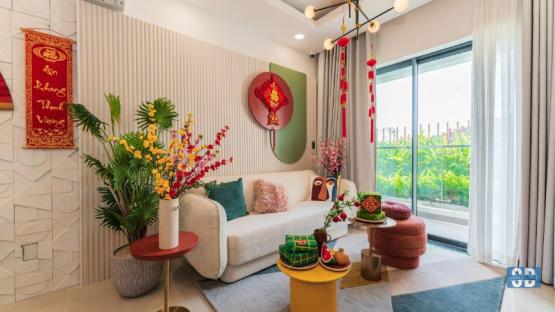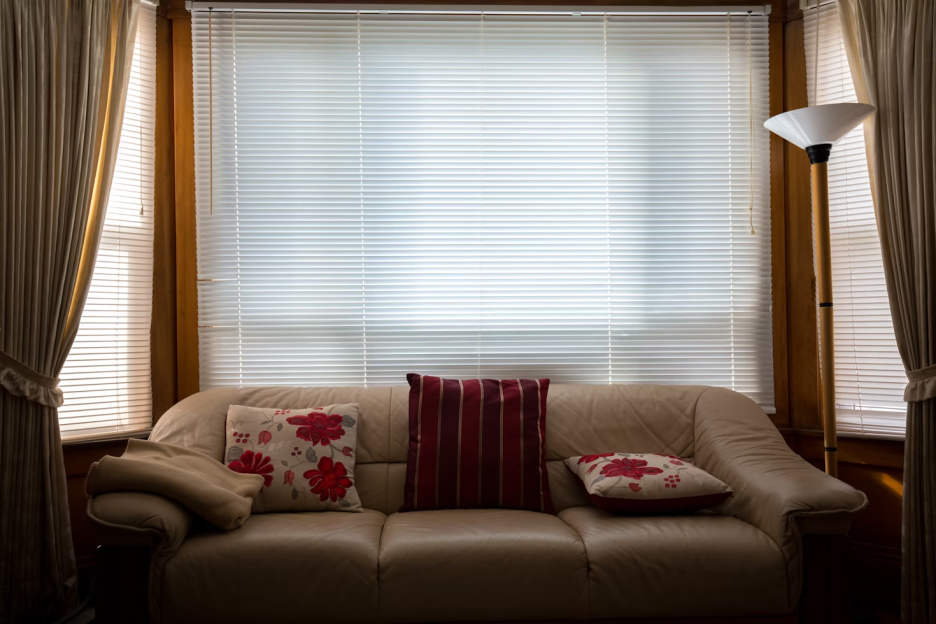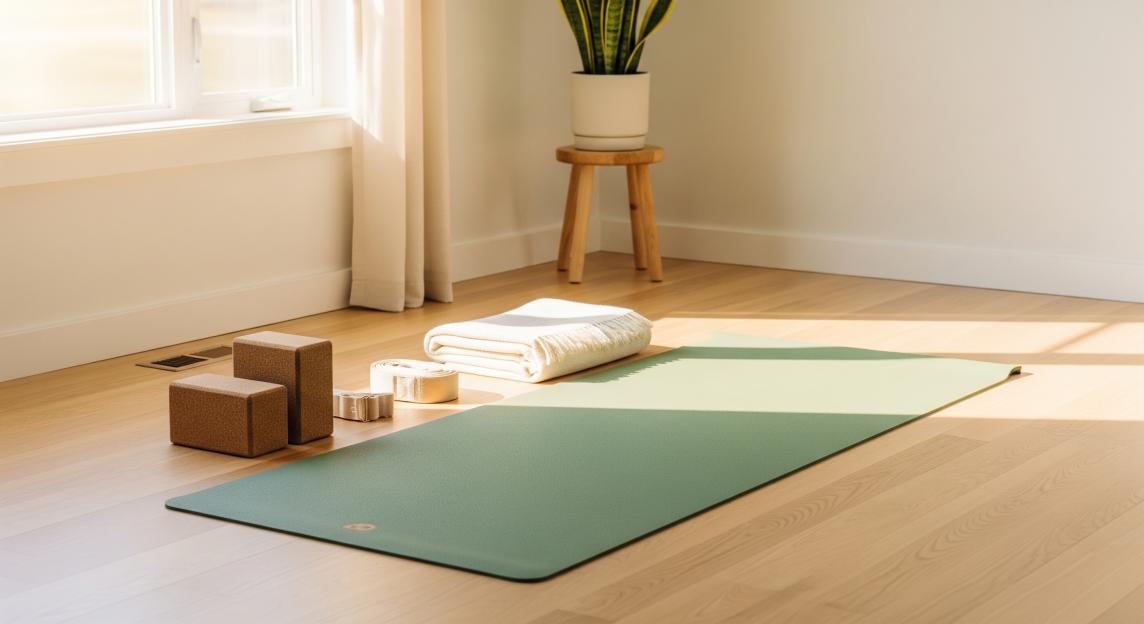Home decor is more than just a visual experienceâit’s a personal journey of creating an environment that reflects your lifestyle, values, and taste. Whether you’re curating a new home from scratch or revamping a tired space, thoughtful decor can transform how your home feels, functions, and tells your story.
In this article, we will share expert insights on decorating your home with confidence, covering everything from choosing a color palette to using trending features like design wallpaper. Let’s dive into the principles that elevate interiors from generic to genuinely inspiring.
Start with Purpose: How Do You Want to Feel at Home?
Before diving into paint swatches or furniture catalogs, pause and ask yourself a key question:How do I want my space to feel?Cozy and calming? Bright and energetic? Elegant and minimalist?
Understanding the emotional tone you’re aiming for helps guide design choices like color, lighting, texture, and layout. Every decision becomes easier when you’re working from a clear vision.
Find Your Signature Style (and Don’t Be Afraid to Blend)
Many people get stuck thinking they need to pick one “style”;; and stick to itâScandinavian, industrial, farmhouse, etc. While those labels can be helpful, the most beautiful spaces often borrow from several aesthetics. It’s perfectly fine to mix vintage with modern or rustic with glam, as long as there’s a thread of cohesion.
One way to maintain consistency is by choosing a defined color scheme or material palette across rooms. Even if your furniture pieces vary in style, repeating elementsâsuch as black metal hardware or warm wood tonesâhelps the design feel intentional.
The Power of Color: Use It Strategically
Color is one of the most powerful tools in interior design. It influences mood, perception of space, and overall ambiance. When used thoughtfully, it can tie a room together or make a bold design statement.
Consider using color wallpaper to set the tone in a space. An anchor color is a rich, grounding hueâlike navy blue, forest green, or deep terracottaâthat adds depth and sophistication. Applying it through wallpaper on one wall, such as behind a headboard or sofa, gives the room a focal point without overwhelming it. From there, you can layer in softer neutrals or complementary accents that echo the wallpaper’s tone.
This approach is particularly effective in open-plan spaces where visual continuity is key. A single accent wall with anchor color wallpaper can define a zoneâlike a dining area or workspaceâwithout physical partitions.
Focus on Function First, Style Second
No matter how beautiful a room looks, if it doesn’t function well for your needs, it won’t feel like home. Thoughtful layout planning is crucialâmake sure there’s enough space to move around, surfaces for daily tasks, and storage to reduce visual clutter.
Here are a few functional tips with style in mind:
- Use multi-purpose furniture: Ottomans with storage, extendable dining tables, or sofas that convert to beds add flexibility.
- Zone open spaces: Use rugs, lighting, and furniture placement to define areas within larger rooms.
- Choose lighting intentionally: Layer overhead lights with task and ambient lighting (table lamps, sconces, floor lamps) to create a balanced and adaptable atmosphere.
Make Small Spaces Work Smarter
Decorating a small home doesn’t mean sacrificing style. In fact, it often sparks the most creative solutions. Choose furniture that fits the scale of your space and opt for wall-mounted storage or floating shelves to keep floor space open.
Vertical design is your friendâtall bookcases, curtains hung higher than the window frame, and mirrors can all help draw the eye upward and make the room feel larger.
And remember: lighter colors make a room feel more spacious, but darker huesâwhen used selectively, such as in anchor color wallpaperâcan add a luxurious, cozy vibe without overwhelming a small footprint.
Texture, Layering & Personal Touches
Even the most neutral or minimalist room needs texture to feel complete. Layering different materialsâlike wood, velvet, ceramic, glass, and woven fabricsâadds warmth and dimension. Try mixing soft and hard surfaces, matte and shiny finishes, or structured and flowing fabrics to create visual interest.
Personal touches matter too. Art, photographs, books, heirlooms, and travel souvenirs not only add character but also make your home feel like yours. When styling shelves or tabletops, follow the “odd numbers rule”;;âgroups of three or five objects tend to look more natural and balanced.
The Comeback of Wallpaper (and Why You Should Try It)
Once considered old-fashioned, wallpaper is enjoying a strong revivalâand for good reason. Today’s wallpapers are stylish, diverse, and easier to install, thanks to peel-and-stick options. From dramatic florals to abstract textures, wallpaper allows you to showcase personality in ways paint can’t.
As mentioned earlier, color wallpaper is one of my favorite design strategies. It creates depth and visual drama while acting as a design anchor around which the rest of the room revolves. If you’re hesitant to commit, try it in a smaller space like a powder room, hallway, or behind open shelving.
Final Styling Tips
To wrap up your decorating project, follow these expert-approved finishing touches:
- Keep scale in mind: Don’t overcrowd a space with too many small pieces; invest in a few larger, impactful items instead.
- Layer lighting: Aim for at least three light sources per room.
- Use symmetry when in doubt: Balanced arrangements are naturally pleasing to the eye.
- Edit ruthlessly: If a piece doesn’t serve a purpose or bring you joy, let it go.
Your Home, Your Story
At the end of the day, home decor isn’t about copying trends or achieving perfection. It’s about creating a space that supports how you live, work, and relax. Don’t be afraid to take your time, experiment, and allow your space to evolve as you do.
And rememberâsometimes, all it takes to transform a room is a fresh coat of paint, a new layout, or a beautiful wall decore that ties everything together.








